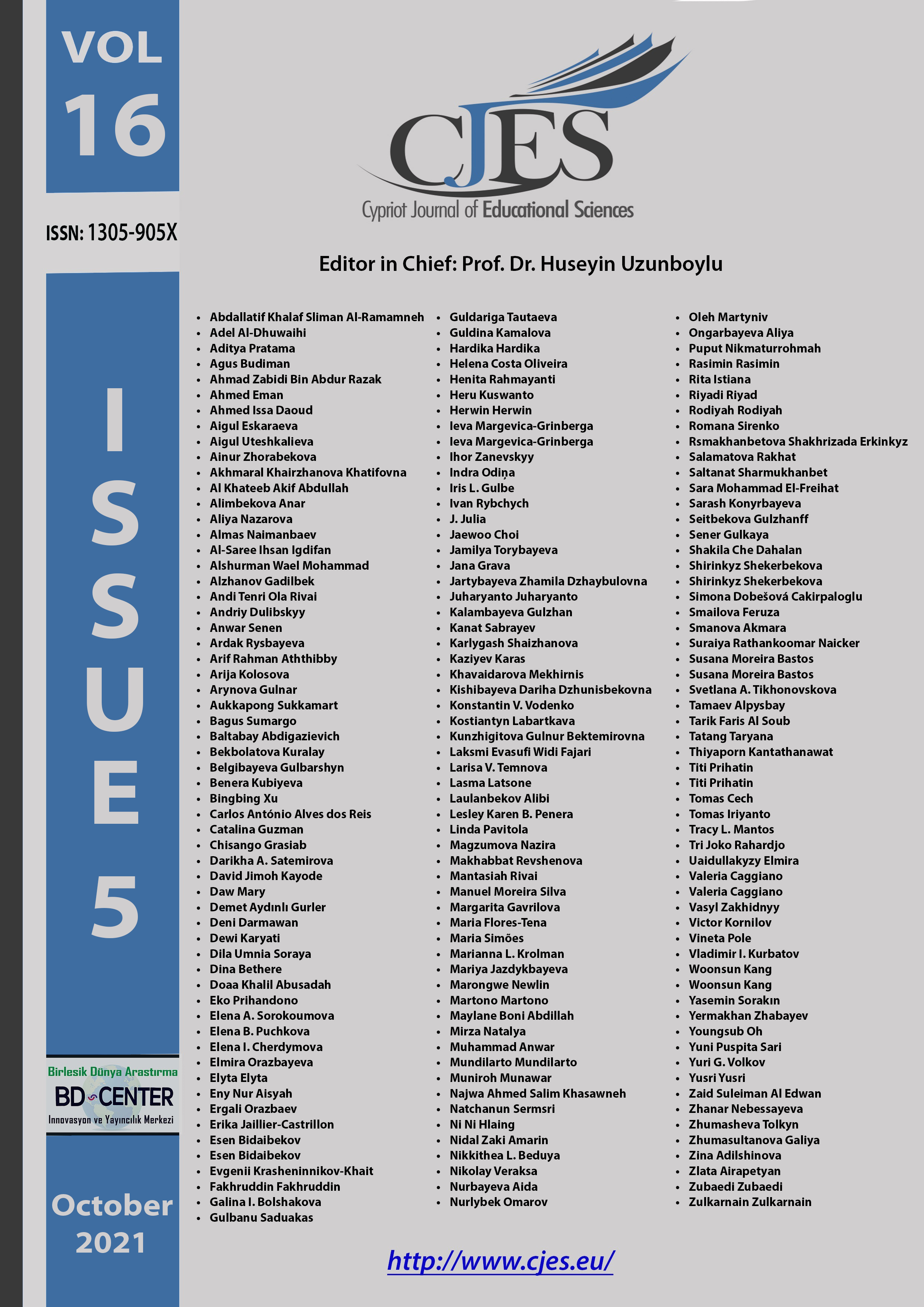The effect of letter (c) modelling on developing the skills of handwriting performance among learners of Arabic speaking other languages
Main Article Content
Abstract
This study aimed at identifying the effectiveness of letter (c) modelling in developing the writing skills performance of Arabic learners speaking other languages and the number of views required for the line visual to develop their writing skills performance. The study sample consisted of 15 learners who were studying the Arabic language for the first time and were chosen by the convenience sampling method. The female students did not take a pre-test as they did not know Arabic before. The students were trained on the attached Arabic calligraphy visual, which included all the Arabic language alphabets. The training period lasted for 8 weeks, with two lessons per week, and each session lasted for 40 minutes. The students then underwent a post-test that was checked for validity and reliability. The analysis results showed a clear ability to draw the Arabic letter due to the visualisation of the calligraphy presented by the researcher, which relied on modelling the letter (c) in all Arabic letters. In light of the findings, the study recommended applying the teaching method based on the calligraphy visualisation devised in teaching non-Arabic speakers.
Keywords: Handwritten performance, development, letter (c) modelling, learners of Arabic speaking other languages.
Downloads
Article Details

This work is licensed under a Creative Commons Attribution 4.0 International License.
Cypriot Journal of Educational Sciences is an Open Access Journal. The copyright holder is the author/s. Licensee Birlesik Dunya Yenilik Arastirma ve Yayincilik Merkezi, North Nicosia, Cyprus. All articles can be downloaded free of charge. Articles published in the Journal are Open-Access articles distributed under a CC-BY license [Attribution 4.0 International (CC BY 4.0)].
Birlesik Dunya Yenilik Arastirma ve Yayincilik Merkezi (BD-Center)is a gold open-access publisher. At the point of publication, all articles from our portfolio of journals are immediately and permanently accessible online free of charge. BD-Center articles are published under the CC-BY license [Attribution 4.0 International (CC BY 4.0)], which permits unrestricted use, distribution, and reproduction in any medium, provided the original authors and the source are credited.

